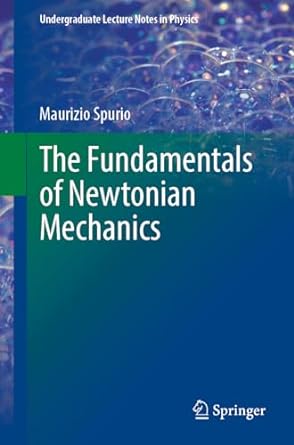Consider the system in Fig.12.17. A device with cylindrical symmetry, which rolls without crawling on a horizontal
Question:
Consider the system in Fig.12.17. A device with cylindrical symmetry, which rolls without crawling on a horizontal plane, has mass \(M=10.0 \mathrm{~kg}\) and radius \(R=8.0 \mathrm{~cm}\). The device is rotated by an inextensible wire with negligible mass connected to a suspended object of mass \(m=5.7 \mathrm{~kg}\). The pulley and all the joints (not shown in the figure) that are used to transmit the motion have negligible mass and produce no friction. Initially, the system is stationary with mass \(m\) positioned at a height \(h=50 \mathrm{~cm}\) above the floor. Calculate:
1. the speed of \(m\) when it comes to impact with the floor and the angular speed of the cylinder at the same instant;
2. the acceleration with which the mass \(m\) falls; and 3. the frictional force between the floor and the cylinder during the fall.
4. The work done by the frictional force between the plane and the cylinder during the fall.
Fig. 12.17

Step by Step Answer:






